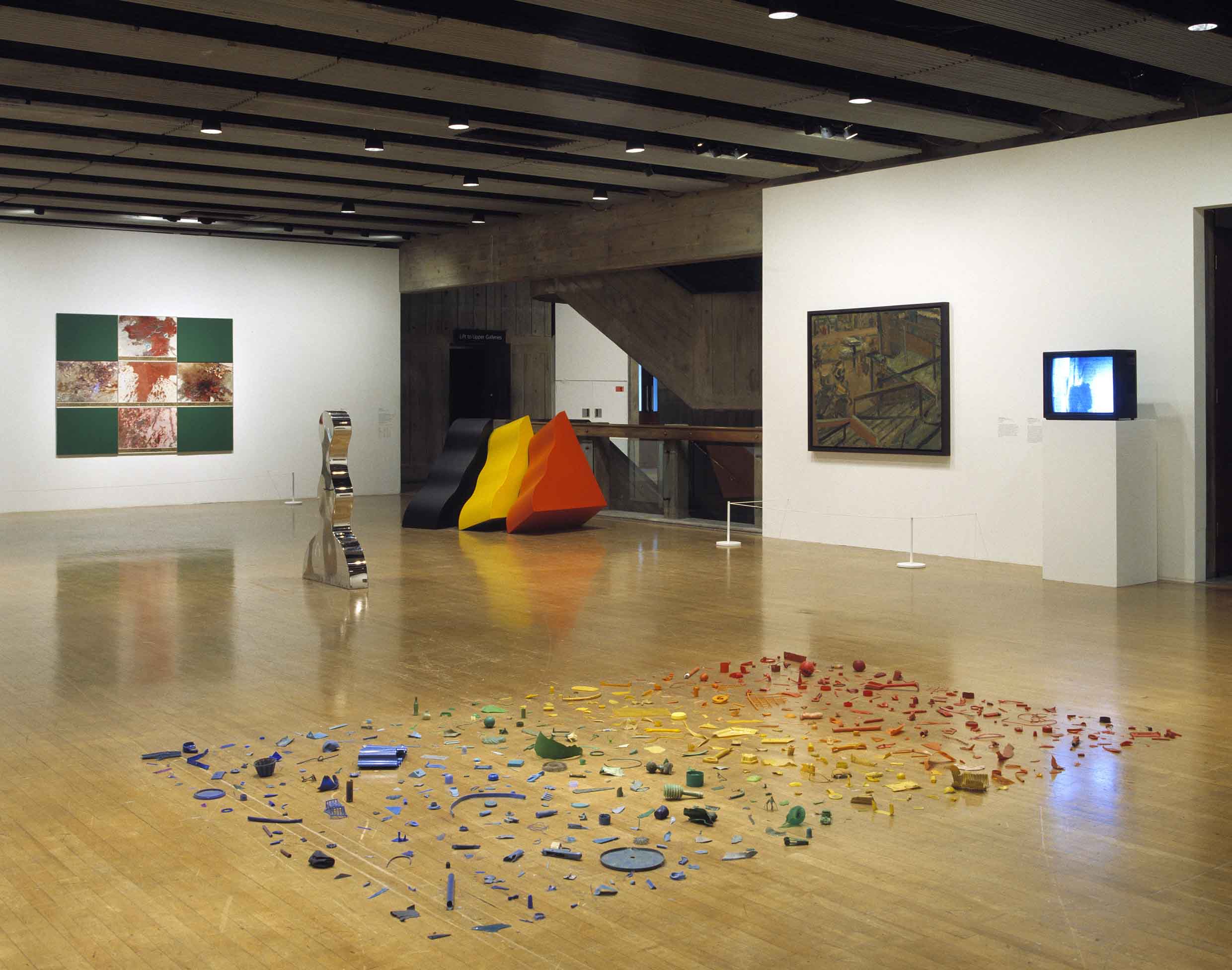The Arts Council Collection is Britain’s leading “museum without walls”. Founded at the same time as the Arts Council itself, in 1946, it was conceived in the post-war spirit of democratic social evangelism. The idea behind it was straightforward. This was to be a collection of contemporary British art that would have no permanent institutional home, but which would instead serve as a national resource for curators up and down the country – a fund of works that might furnish material for entire exhibitions of contemporary art or, more modestly, be used to augment the displays in smaller museums with a few choice loans. Its aims were twofold: to encourage the creation of new British art through enlightened state patronage; and to promote an understanding and appreciation of contemporary art in all corners of the nation.
The Hayward Gallery’s new exhibition celebrates sixty years of the Arts Council Collection. Its title, “How to Improve the World: 60 Years of British Art”, affectionately evokes the lofty idealism behind the collection’s origins, while suggesting a degree of scepticism about its actual effects. The display is necessarily incomplete, because the collection has grown over the years to comprise more than 7,500 individual works by more than 2,000 artists. A selection of about 150 of those works – a fairly small tip, as tips of icebergs go – has been made. The assembled paintings, sculptures, videos and other objects represent a kind of Greatest Hits compilation, although because this is essentially a working collection there are inevitable omissions. Howard Hodgkin is unrepresented at the Hayward, for example, because his works were required by Tate Britain for its retrospective of his work.
In the circumstances, none of that matters very much. The Arts Council Collection, like the Government Art Collection – which furnishes Britain’s embassies...

How to Improve the World: 60 Years of British Art at the Hayward Gallery 2006
10-09-2006

